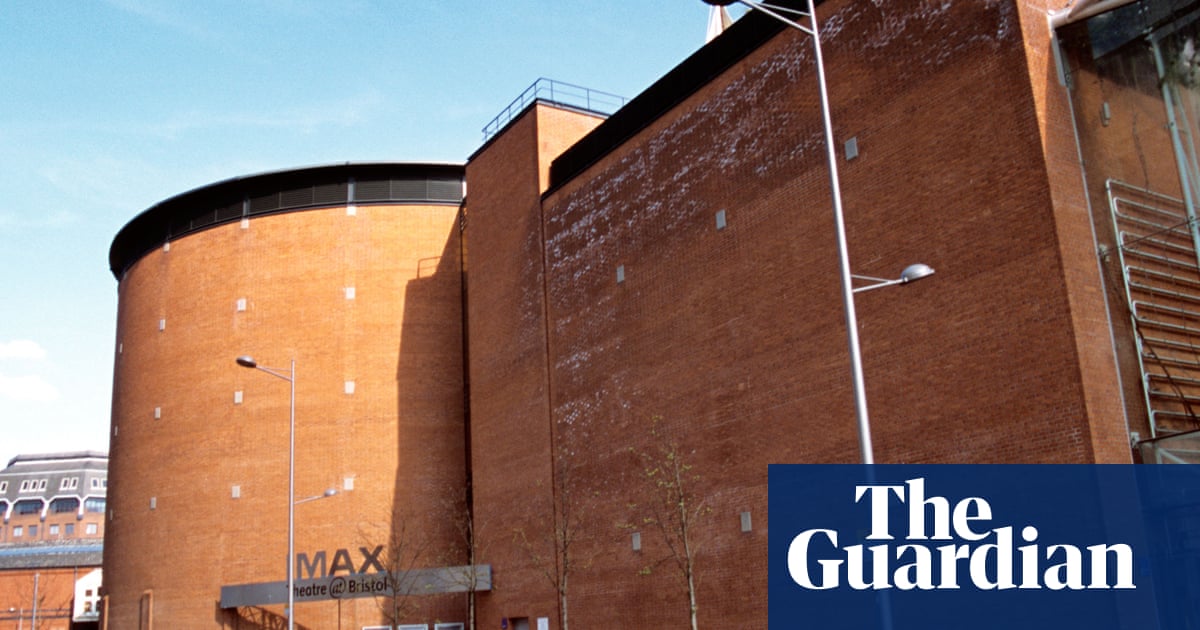Lives may be at risk if ministers proceed with cuts to England’s languishing canal network, experts have said.
The climate crisis and a lack of funding means ageing assets could flood entire towns and villages, an investigation for the parliamentary magazine the House has found.
The Department for Environment, Food and Rural Affairs (Defra), which provides a quarter of funding for the Canal and River Trust (CRT), is understood to be facing cuts at the June spending review. Government funding cuts of hundreds of millions of pounds to the CRT, which manages most of the UK’s inland waterways, are already in the pipeline.
This puts the future of the waterways, already underfunded, at risk. When they are properly looked after and restored, they can provide immense benefits for people and nature, supporting otters, kingfishers and dragonflies as well as barge users and walkers. A 2019 report, Waterways in Progress, published by the Inland Waterways Association (IWA), memorably describes Britain’s canals as “a linear national park”.
The charity’s 2023-24 annual report emphasised the “continued effect of climate change taking its toll on our ageing canal infrastructure,” reflecting on how “following prolonged hot dry weather the summer before, a succession of winter storms caused significant damage, with an aggregated impact of £9m in emergency works”.
CRT is facing serious financial pressure. The report shows a shortfall in funding, with an income of £237,300,000, but a total expenditure of £252,400,000.
The CRT does not only look after canals themselves, but weirs and reservoirs. There have already been problems with its ageing infrastructure; in Derbyshire in 2019 a dam at the Toddbrook reservoir nearly burst, leading to the town of Whaley Bridge being evacuated.
About 1,500 people were instructed to leave their homes immediately after heavy rain caused a large section of a nearby dam spillway at the reservoir to fall away. Emergency crews pumped water away from the reservoir and sandbags were dropped from RAF helicopters. A worst-case scenario predicted that the whole structure could collapse, wiping out the town.
Charlie Norman, the director of campaigns and public affairs at the Inland Waterways Association, told the House: “It is quite terrifying how that incident could have ended: the sheer volumes of water contained in the reservoir presented an immediate danger to life. Our internal research suggests the volume of water was comparable to 551 Olympic pools, or equivalent to the daily water consumption of 8.6 million people. That volume of water is unimaginably powerful.”
For the first time, the IWA has warned about the risk to life that can come from a lack of maintenance of canals: “It is not an overstatement to marvel that so far there has been no loss of life – ageing infrastructure is expensive to maintain without anything going wrong, and that’s the point: investment now will save money in the near and distant future … When adding up the costs, we should be thankful that those costs for the moment don’t include loss of life”.
Richard Parry, the chief executive of the Canal and River Trust, said without a funding solution, the canals could eventually dry up due to the climate crisis, and this poses safety issues too. He added: “Who knows what the impact of that would be? I mean, our fear is not just the ecology would be irrevocably harmed, but you probably also get canal walls drying up and collapsing, there’s the safety aspect too.”
A Defra spokesperson said: “Our canals provide a wide range of benefits, such as connecting people to nature. That is why we are providing more than £500m of grant funding to the Canal and River Trust between now and 2037.”

 4 hours ago
4
4 hours ago
4

















































